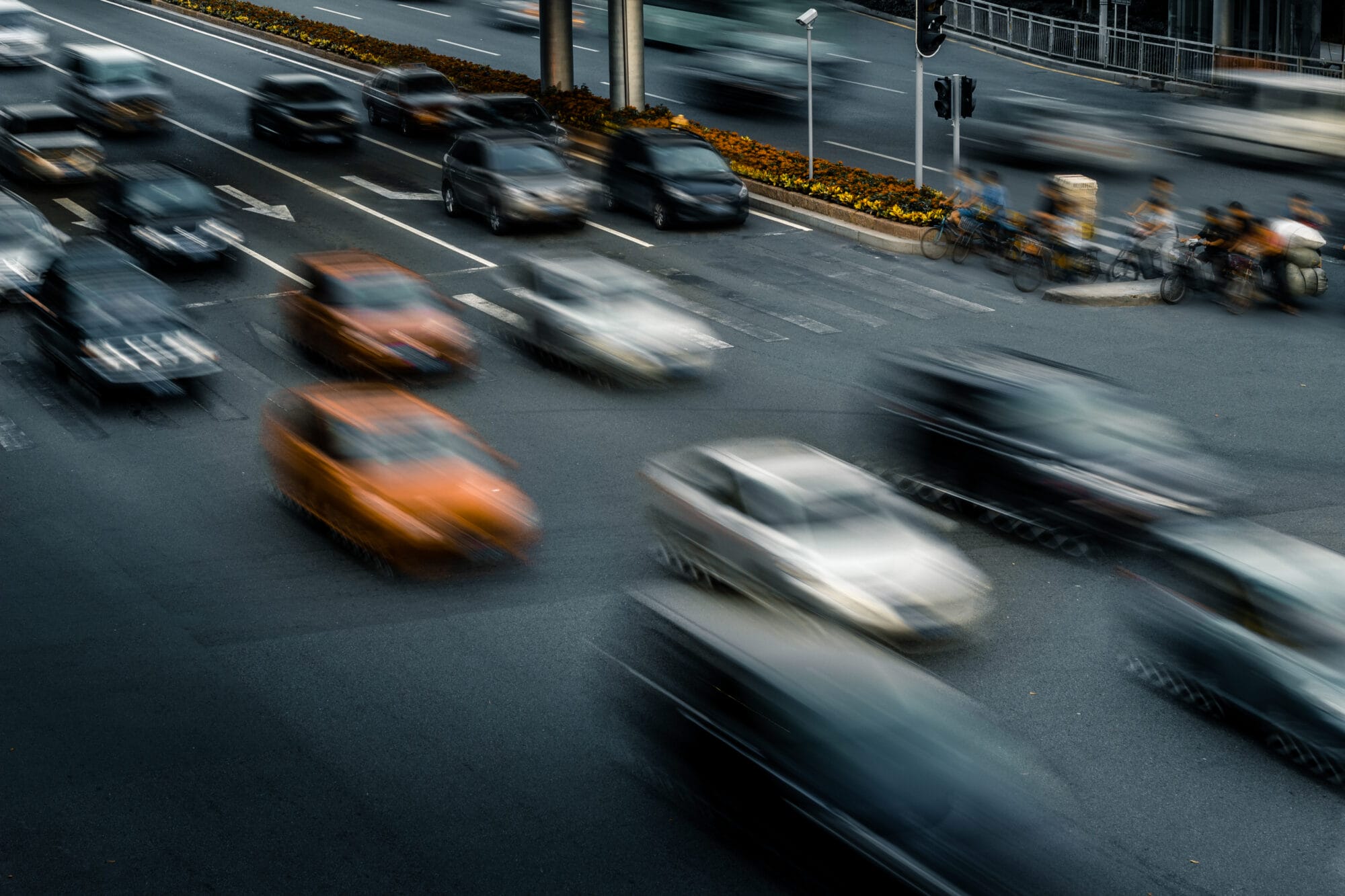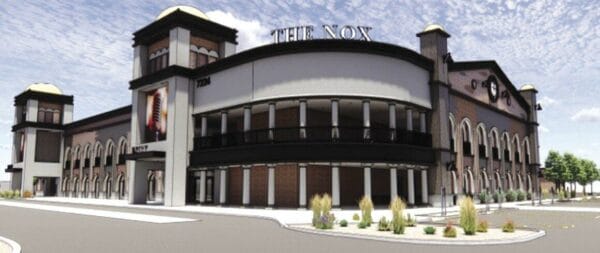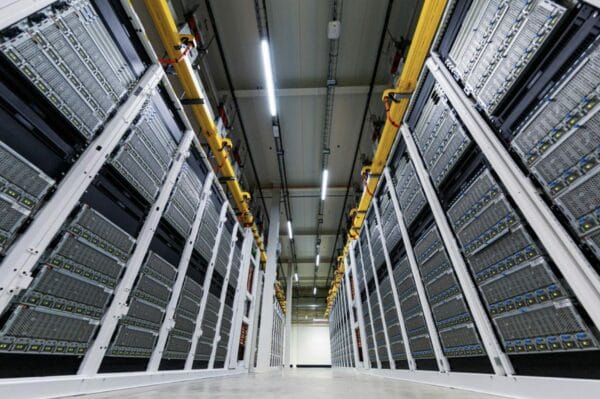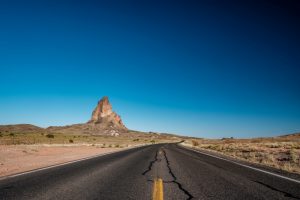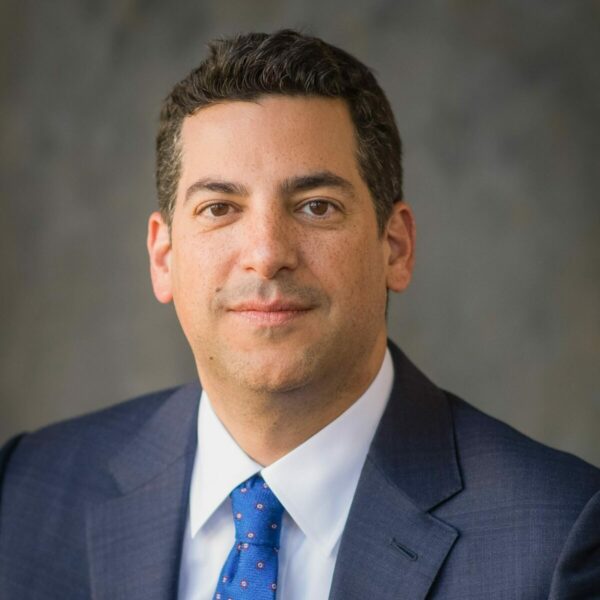By Paul Basha, Summit Land Management Traffic Engineer
I think traffic congestion in Phoenix is bad and getting worse. Friends from other parts of the country who visit me here think I’m crazy. They tell me there’s very little congestion here. Are they right?
Thanks for asking. The traffic engineers at the Texas A & M Transportation Institute – affiliated with Texas A & M University – have been exploring this question throughout the United States yearly since 1987, with some data dating from 1982, in their Urban Mobility Report. Their extensive data and analysis report for 2022 (published June 2024) analyzed traffic congestion at 494 areas in the United States. For the 101 largest metropolitan areas, the Texas A & M Transportation Institute provides highly detailed analyses, with less analysis for the 393 other smaller United States cities and towns.
The 101 metropolitan areas are divided into four categories: very large (15), large (32), medium (33), and small (21). Phoenix-Mesa is considered a very large area. Tucson is considered a medium area. Arizona does not have any metropolitan areas classified as large or small. Casa Grande, Flagstaff, Lake Havasu City, Prescott Valley-Prescott, Sierra Vista, and Yuma are analyzed within the 393 second-tier cities and towns. (Yuma is not the last city or town on their list. Zephyrhills, Florida is the only city or town later in the alphabet than Yuma included in their Urban Mobility Report.)
Phoenix-Mesa ranked 14th in terms of delay-per-commuter at 69 person-hours for calendar year 2022. This was an increase from 61 person-hours from 2019 (pre-covid). The delay is determined as the peak traffic hours travel time increase compared to non-peak hours travel time. These calculations are aggregate and cannot be individualized. The primary value of their extensive analyses is comparisons between different metropolitan areas in the same year, and between different years for the same metropolitan area.
We were tied with Houston for 2022, and only one annual person-hour greater than both Philadelphia and Dallas-Fort Worth. Los Angeles had the worst annual person-hours of delay at 122. San Francisco was second at 109 annual person-hours of delay. New York City was third with 92 annual person-hours of delay.
So, metropolitan Phoenix driving commuters, on average, in 2022, experienced a 13% increase in delay compared to the last year before covid. So, your observation is correct, commute driving in Phoenix is worse than we remember from before covid.
Also, in 2022, commuting drivers in metropolitan Phoenix experienced nearly one-half the delay of commuting drivers in the Los Angeles metropolitan area. We experienced 63% of the delay commuting drivers experienced in the San Francisco metropolitan area; and 75% of the delay experienced in the New York City metropolitan area. We already have great reasons to live here; instead of Los Angeles, San Francisco, and New York City – here’s another.
Whether or not it is good news that Phoenix commuting delay is nearly the same as commuting delay in each of Houston, Philadelphia, and Dallas-Fort Worth; is for each person to decide; though they each have professional football teams too.
One of the traffic characteristics I greatly appreciate about metropolitan Phoenix is that the peak hours actually have a beginning and an ending. In Phoenix, if you leave (from either home or work) an hour or two earlier or an hour or two later, there is noticeably less traffic. That is
definitely not true of Los Angeles, San Francisco, or Seattle; in my experience. In those places, you need to leave home three to four hours earlier and leave work three to four hours later to experience noticeably less traffic. In those places, leaving home three or four hours later, or leaving work three or four hours earlier, makes zero difference in traffic congestion. Those places essentially have one peak hour, that lasts from 7:00 AM to 7:00 PM, perhaps even earlier or later.
Our commuting delay is 18% less than the average of all 15 very large metropolitan areas, 27% more than the average of all 32 large metropolitan areas, 53% more than the average of all 33 medium metropolitan areas, and 92% more than the average of all 21 small metropolitan areas. No news there. Our congestion is generally less than congestion in other very large metropolitan areas, and much more than congestion in smaller metropolitan areas.
And if peak hour traffic congestion is your personal decision-maker for place of residence, you can dramatically decrease your peak-hour delay compared to your non-peak-hour delay, and still live in Arizona. Below lists the percentage of peak hour delay in 7 other Arizona cities.
City or Town Delay Compared to Phoenix
Tucson …………………………………………………………….57%
Prescott Valley-Prescott ……………………………………….33%
Flagstaff …………………………………………………………..29%
Yuma ………………………………………………………………22%
Casa Grande ……………………………………………………..12%
Sierra Vista ………………………………………………………. 9%
Lake Havasu City……………………………………………….. 6%
For me, each of those places are far too far from my favorite restaurants, concert venues, museums, and sports venues. (Though Tucson does have some very nice breakfast restaurants.)
Perhaps there is not as much congestion in those cities because there is no reason to drive anywhere there?
Another interesting datum from the Urban Mobility Report. In metropolitan Phoenix, in 2022, we traveled 82 million-vehicle-miles daily, ranking tenth of very large metropolitan areas. Los Angeles won with 221 million-vehicle-miles daily, followed by New York City with 210 million-vehicle-miles daily. Third was Dallas at 127 million-vehicle-miles, and fourth was Chicago at 125 million-vehicle-miles. Obviously, we do not have enough people nor enough urban sprawl! 😊
The annual cost of congestion per commuter in 2022 in metropolitan Phoenix is $1,441 per year (up 22% from $1,180 in 2021), ranking 22nd of the 494 analyzed areas or cities. Los Angeles and San Francisco are at $3,214 and $3,148 respectively. New York City at $2,239, with Atlanta, San Diego, Washington DC, and Seattle each at approximately $1,900.
Do not understand why people would pay more than double to drive in Los Angeles or San Francisco, or half-again-as-much-as New York City; compared to here. Though apparently, many choose to do so.
Annual congestion cost for other cities and towns in Arizona:
City or Town Annual Congestion Cost per Commuter
Tucson …………………………………………………………… $741
Prescott Valley-Prescott ……………………………………… $568
Flagstaff …………………………………………………………. $542
Yuma …………………………………………………………….. $395
Casa Grande ……………………………………………………. $183
Sierra Vista ……………………………………………………… $153
Lake Havasu City………………………………………………. $103
Wow, we pay a premium to live in this city compared to other places in this state!
Certainly, there are many other people driving in cars (“Go Dogs Go” paraphrase) all around me when I am driving in mine. And, yes, they often annoy me. However, each time, I try to remind myself that I cannot afford by myself all the places I enjoy in metropolitan Phoenix.
Yes, traffic congestion exists in metropolitan Phoenix. It could be worse: we could live in a place with much more congestion, or worse yet, we could live in a place where they do not have enough fun places or people to cause congestion.
Curious about something traffic?
Call or e-mail Paul at (480) 505-3931 and pbasha@summitlandmgmt.com.

